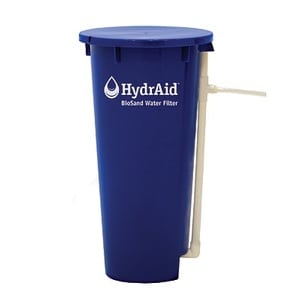
Agriculture
January 10, 2024
Hydraid® BioSand Filter
Read SolutionImplemented by
NativeEnergy
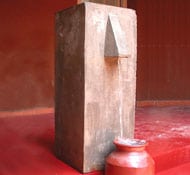
Updated on January 10, 2024
·Created on September 27, 2018
DHAN Biosand Filters are household devices that remove pathogens such as bacteria, protozoa and virus found in drinking water.
DHAN Biosand Filters are household sand filters developed by Canadian engineers promoted by DHAN Foundation. This household devices is build with local materials and filter water from wells, tanks, and oorani.
Target SDGs
SDG 6: Clean Water and Sanitation
SDG 3: Good Health and Well-Being
Market Suggested Retail Price
$20.00
Target Users (Target Impact Group)
Household
Distributors / Implementing Organizations
DHAN Foundation
Competitive Landscape
Direct competitors include Hydraid® BioSand Filter.
Countries
India
Manufacturing/Building Method
DHAN foundation provides a training course to artisans and users to build Biosand Filters from locally available concrete and sand. DHAN also sells their own manufactured filters produced in 5 production centres in Tamil Nadu, India. Manufacturing instructions for Biosand filters are openly available from CAWST.
Intellectural Property Type
Open-source
User Provision Model
Users can contact the DHAN Foundation directly.
Distributions to Date Status
As of 2014, 3500+ Biosand Filters installed.
Target use case
Household use
Manufacturer-specified flow rate (L/hr)
36
Bacteria reduction
Bacterial removal efficiency of 94.7%
Protozoa reduction
Unknown
Virus reduction
4 – 7 log10 reduction of MS2 bacteriophage
Heavy metals and/or arsenic reduction
Unknown
Maximum recommended influent turbidity level (NTU)
0-10
Effluent turbidity levels (NTU)
Unknown
Manufacturer-specified volume between cleaning (L)
?12-15
Material of construction
Cement, sand and gravel
Design Specifications
Water is poured into the top of the DHAN Biosand filter and passes through layers of sand. The filtered water is collected in another storage container at the base. The pathogens are removed due to a combination of biological and mechanical processes. Between uses, a 5 cm deep layer of water is maintained above the sand all times, allowing for a biolayer to remain, which helps in the removal of bacteria and viruses. This feature distinguishes the Biosand filter from other slow sand filters.
The product schematics are shown in the image.
Filter lid: Prevents contaminants from entering the filter.
Diffuser plate: Protects the biological layer from damage when water is poured into the filter.
Standing Water Layer: When the water stops flowing, a 5cm water layer is kept at the top which keeps the biological layer alive during pause periods.
Filtration Sand: Traps organic and inorganic material at the top of the filter media.
Outlet tube: Conducts water from filter base to outside.
Medium Gravel/Course sand: presents fine sand from plugging drainage gravel.
Drainage Gravel: promotes vertical flow of water into collector pipe. Prevents smaller gravel to block the outlet tube.
Technical Support
DHAN foundation conducts training workshops, provides manual and CD for technical assistance. A detailed technical manual is available by CAWST as well.
Replacement Components
All the manufacturing and replacement components are intended to be available locally; including sand, concrete, and PVC piping.
Lifecycle
30 years
Manufacturer Specified Performance Parameters
This biosand filter removes iron and manganese and has >97% pathogen removal efficiency.
Vetted Performance Status
Water samples of 50 DHAN Biosand filters tested in India for microbial performance showed >80% pathogen removal efficiency. Additionally, there have been many laboratory and field tests performed on with Biosand filters; including quality control in the production of Biosand filters in Zambia.
Safety
Important safety measures include: (1) Placing the filter inside the house on a levelled spot, (2) Cleaning the filter components and surroundings regularly, (3) Avoiding direct contact with spout and filter, (4) Measuring outlet flow rate from the sprout frequently to detect if maintenance is required.
Complementary Technical Systems
Suitable containers for water storage.
Academic Research and References
Several Biosand filter publications are available on CAWST website including:
Ngai, T.K.K. and Fenner, R.A. 2014. Designing programme Implementation Strategies to Increase the Adoption and Use of Biosand Water Filters in Rural India, Water Alternatives 7(2): 320-341
Wang, Narihiro, et al. 2014, MS2 Bacteriophage Reduction and Microbial Communities in Biosand Filters, Environ. Sci. Technol., 2014, 48 (12), pp 6702–6709.
“DHAN Foundation,” Dhan.org. Available: https://www.dhan.org/
T. K. K. Ngai and R. A. Fenner, “Market suggested retail price”. Available: https://www.water-alternatives.org/index.php/all-abs/249-a7-2-3/file
“IndiaMART: ” Indiamart.com. Available: https://www.indiamart.com/proddetail/biosand-filter-11924861255.html
“Goal 6,” Sdgs.un.org. Available: https://sdgs.un.org/goals/goal6
“Archived Perspective Notice,” Sswm.info, 05-Feb-2018. Available: https://sswm.info/sites/default/files/reference_attachments/CAWST%202009%20Biosand%20Filter%20Manual.pdf
M. Theses and A. J. Sisson, “Bacteria reduction,” Gvsu.edu. [Online]. Available: https://scholarworks.gvsu.edu/cgi/viewcontent.cgi?referer=https://www.google.co.in/&httpsredir=1&article=1038&context=theses
A. Cawst Participant Manual, Available: https://www.ideassonline.org/public/pdf/AguasanPeru-BSF_for_Techs_Participant_Manual_BSF_Construction_Manual_With_Appendices_2012-01.pdf
D. M. Suaquita, “Bio-sand technology adopted in India for sustainable water filtering,” Ideassonline.org. Available: https://www.ideassonline.org/public/pdf/BioSandIndia-ENG.pdf
N. Chan, L. Mitchell, T. Ngai, S. Li, and Canada, “Quality control in the decentralized production of biosand filters: a pilot workshop in Zambia,” Lboro.ac.uk. Available: https://wedc-knowledge.lboro.ac.uk/resources/conference/40/Chan-2785.pdf
CAWST, “Biosand Filter Information,” Centre for Affordable Water and Sanitation Technology (CAWST). Available: https://www.cawst.org/services/expertise/biosand-filter/more-information
CAWST, “[No title],” Centre for Affordable Water and Sanitation Technology (CAWST). Available: https://www.cawst.org/blog/india-bold-hearts-the-village-of-women
CAWST, Centre for Affordable Water and Sanitation Technology (CAWST). Available: https://www.cawst.org/blog/india-the-power-of-education-pusphavanam-women
Compliance with regulations
Unknown
Evaluation methods
Field and laboratory evaluation in Haiti. Also, the manufacturer tested for microbial contamination using Oxfam Delagua Test kit.
Other Information
CAWST Blog India: Bold Hearts- The Village of Women

Agriculture
January 10, 2024
Implemented by
NativeEnergy
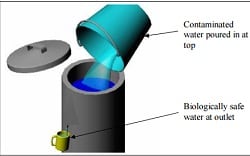
Agriculture
January 10, 2024
Implemented by
Ideas at Work
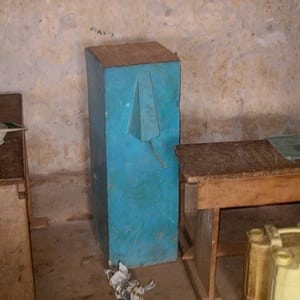
Agriculture
January 10, 2024
Implemented by
Dr. David Manz, University of Calgary
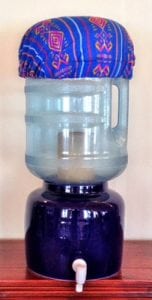
Agriculture
January 11, 2024
Implemented by
Caminos de Agua
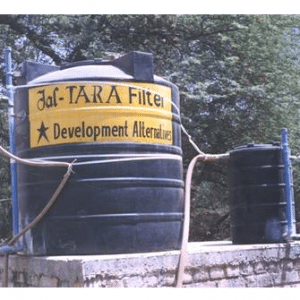
Agriculture
January 11, 2024
Implemented by
TARA
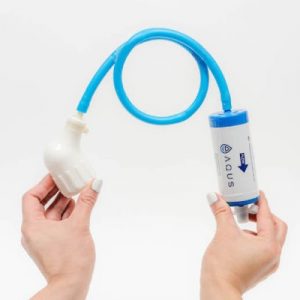
Agriculture
December 27, 2023
Implemented by
Aqus
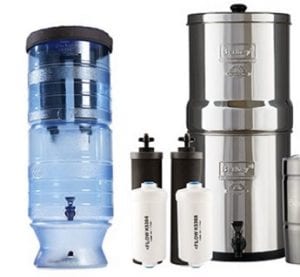
Agriculture
January 11, 2024
Implemented by
New Millennium Concepts, Ltd
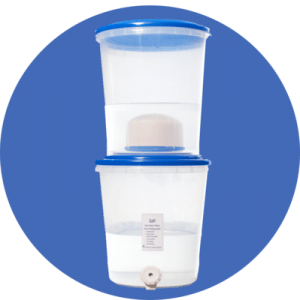
Agriculture
December 12, 2023
Implemented by
Safi Water Treatment Solutions
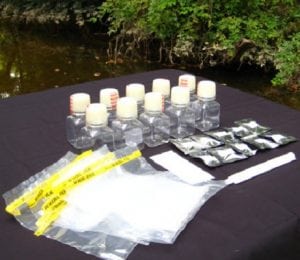
Agriculture
January 17, 2024
Implemented by
Aquagenx
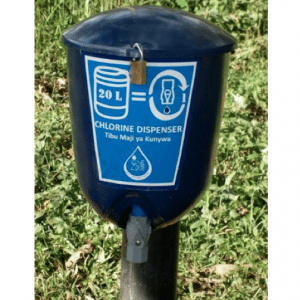
Agriculture
September 23, 2023
Implemented by
Innovations for Poverty Action
Have thoughts on how we can improve?
Give Us Feedback